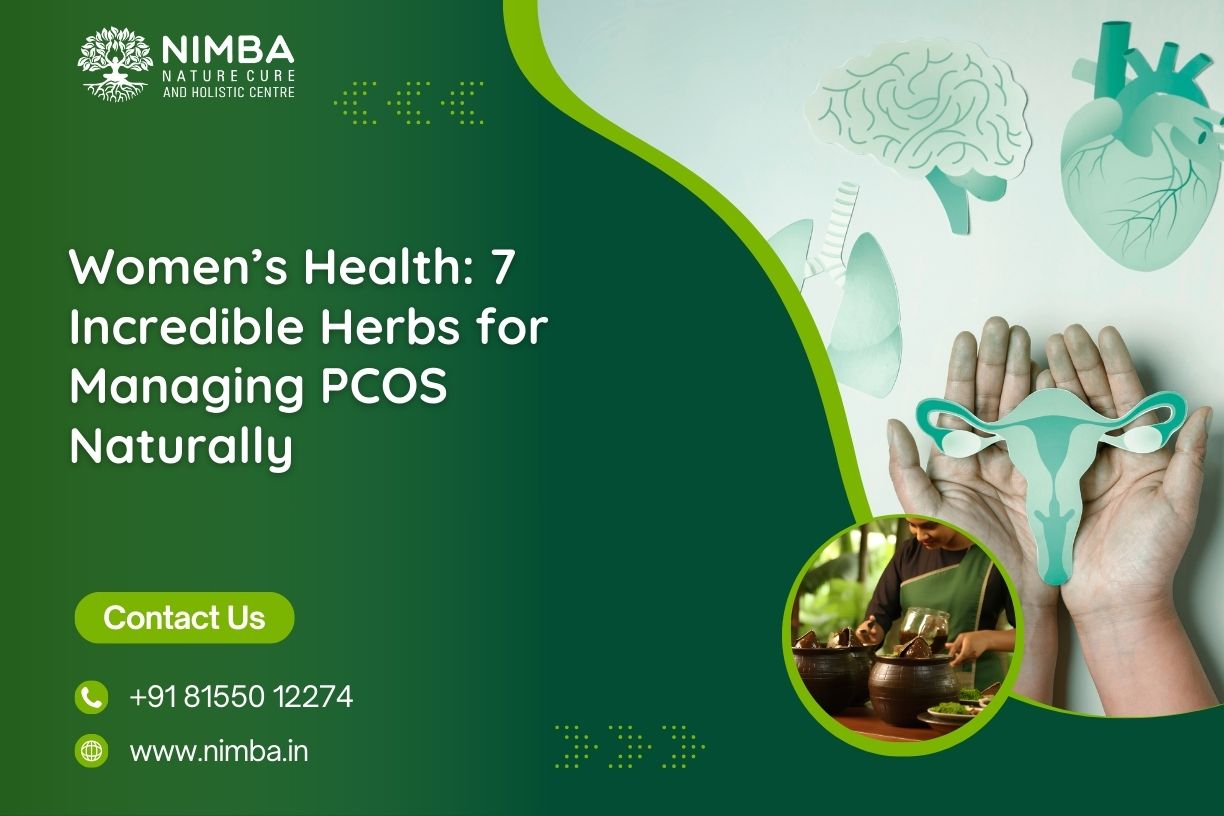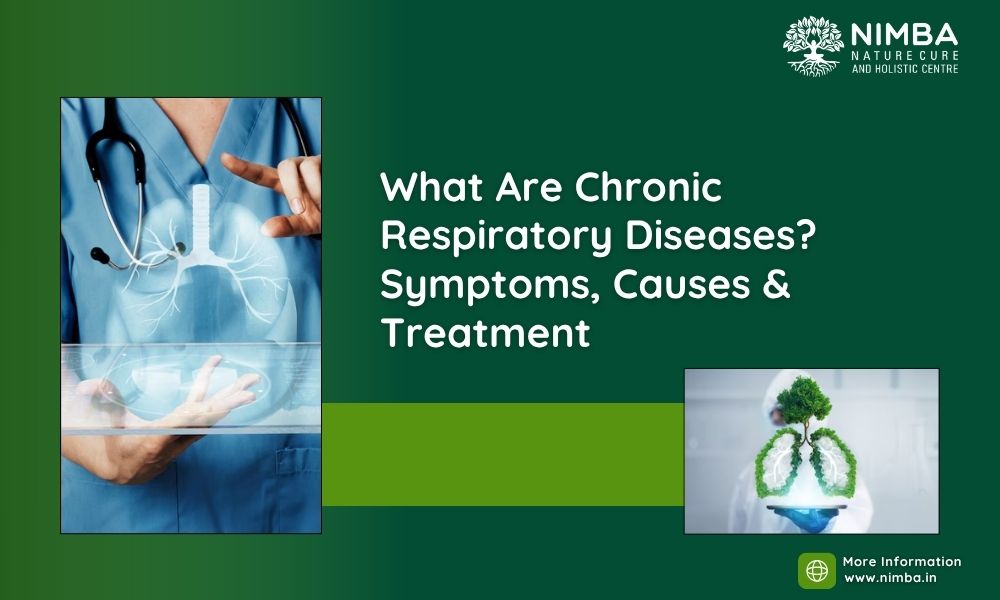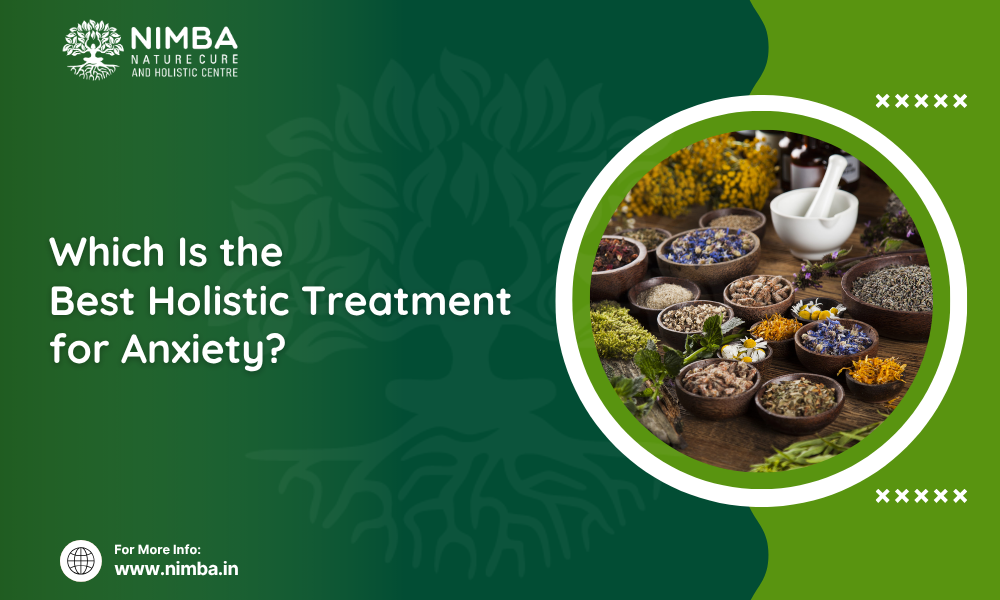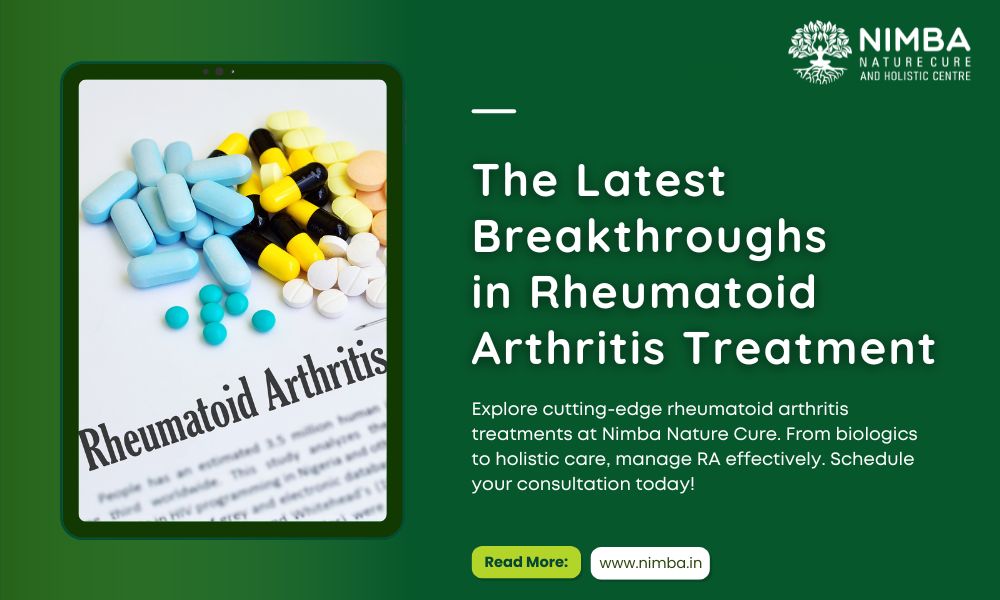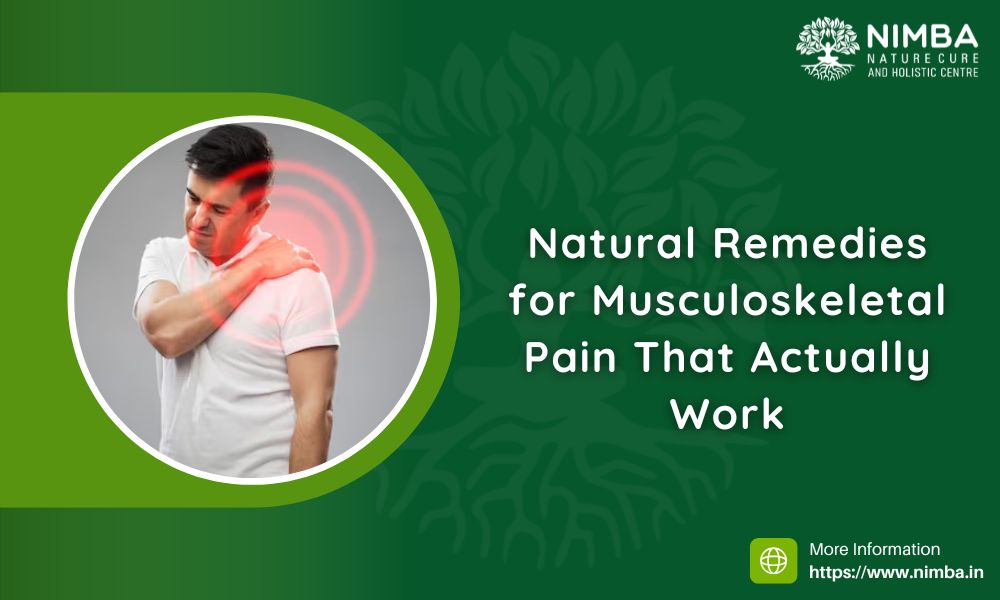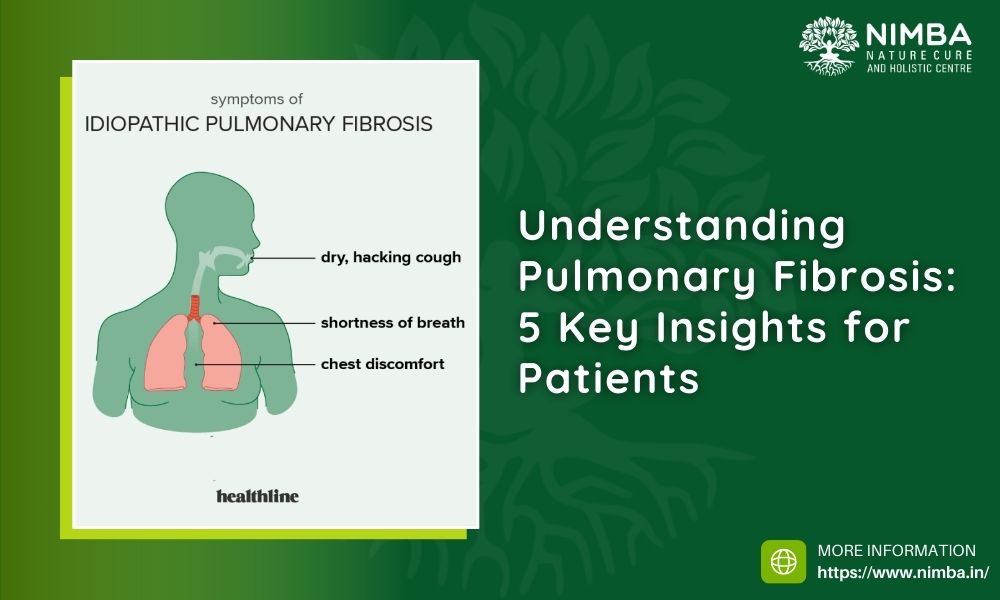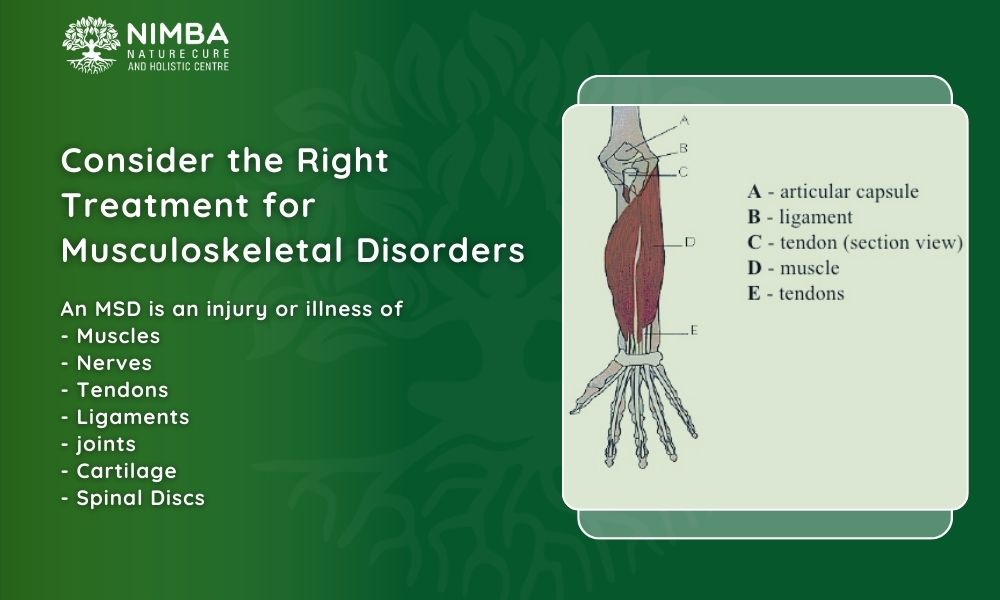Women’s Health: 7 Incredible Herbs for Managing PCOS Naturally
By: Nimba - September 9, 2025
Every woman’s body is different and has its own rhythm, from different energy levels to moods and cycles that guide routine life. At times the rhythm breaks and with it brings unexpected changes like irregular periods, skin issues and weight fluctuations. For many women, these conditions are linked to a common condition known as Polycystic Ovary Syndrome (PCOS) is the most common endocrine disorder affecting women during their reproductive years. In fact, PCOS impacts 10% of the total population of women worldwide. The affected women may be from various age categories. Some may demonstrate ovarian cysts, while others may exhibit various signs such as insulin resistance, obesity, increased facial acne, behavioural patterns and depressive episodes. The severity of the affliction does not seem to follow any particular sequence; it may be physically and psychologically challenging.
Modern medicines help in manipulating the symptoms, whereas Ayurveda takes a more etiological view of PCOS treatment. Ayurveda is a science of healing that attempts to heal the whole person according to the unique constitution of every individual. Ayurveda is not simply treating the symptoms of PCOS; Ayurveda wants to work on getting rid of the underlying imbalances that are contributing to the imbalanced states that cause the issue or condition. Imbalances include hormones, poor digestion (Agni), or mental stress.
Let’s explore seven powerful Ayurvedic herbs that are changing the game of Ayurveda Treatment For PCOS, and how these potent plants can be utilised with holistic treatments to change your hormonal and reproductive health.
1. Shatavari (Asparagus racemosus)
Known as the “Queen of Herbs”, Shatavari has always been an Ayurvedic herbal medicine for all matters concerning females’ health. Shatavari mainly contains steroidal saponins which can adapt to estrogen, help normalise ovarian function, and maintain ovulation. An adaptogen use of Shatavari can be considered for females who suffer from irregular periods, low fertility rates or post-medication hormonal recovery.
2. Kanchnar Guggulu
An ancient Ayurvedic medicine, Kanchnar Guggulu, is especially effective in dealing with Kapha disorders, such as PCOS with weight gain, cysts, and slow metabolism.
This combination is reputed to:
- Cleanse the lymphatic system
- Melt cystic tumours
- Boost thyroid and ovary health
- Regulate hormones naturally
Kanchnar Guggulu is frequently used when PCOS is accompanied by numerous ovarian cysts or metabolic standstill, hence a key stone in Ayurveda Treatment for PCOS.
3. Guduchi (Tinospora cordifolia)
Referred to as “Amrita” or “divine nectar” in Ayurveda, Guduchi provides potent anti-inflammatory and detoxifying properties. In PCOS, it’s particularly helpful in enhancing insulin sensitivity—an underlying issue for most women with weight gain and acne.
Apart from that, Guduchi:
- Controls excessive androgens (male hormones)
- Decreases inflammation in the skin
- Supports ovulation and menstrual regularity
Its cooling and rejuvenating properties make it an A-list favourite for women with excessive inflammation and hormonal imbalance.
4. Pippali (Piper longum)
Pippali, or Long Pepper, is more than a pantry spice—it’s a strong metabolic booster in Ayurveda. Its heating property serves to re-light the digestive fire (Agni), which too often languishes in women with PCOS.
Benefits of Pippali are:
- Improving nutrient absorption
- Regulating metabolism
- Assisting hormonal assimilation
- Lessening oxidative stress
Pippali is usually combined with other herbs in order to enhance their absorption and healing effects.
5. Varuna (Crataeva nurvala)
Not as well-known, but very powerful, Varuna is utilised to flush out blocked channels within the body. In PCOS, this translates to:
- Facilitating the reduction of ovarian cysts
- Supporting the urinary tract and kidneys
- Enhancing the elimination of hormones through detox channels
It is especially useful when dealing with fluid retention, bloating, and chronic cystic symptoms.
6. Bilva (Aegle marmelos)
Largely used for gastrointestinal disorders, Bilva is also responsible for balancing menstrual cycles and reducing cysts. Because of its characteristic property of balancing Vata and Kapha doshas, Bilva is particularly suited to treat irregular periods and pain in PCOS.
Astringent and rejuvenating properties in Bilva fortify uterine tissues and support hormonal balance.
7. Punarnava (Boerhavia diffusa)
Living up to its “rejuvenator” name, Punarnava renews the female reproductive system by:
- Decreasing inflammation and water retention
- Aiding liver and kidney cleansing
- Increasing insulin sensitivity
- Helping with weight balance
Its contribution towards a better circulation also facilitates optimal health provision to the reproductive systems.
More Than Herbs: Ayurveda’s Integrated PCOS Approach
Diet & Lifestyle Principles
In Ayurveda, herbs are most effective when used along with conscious dietary and lifestyle habits. For women, Ayurveda Treatment for PCOS consists of:
Sattvic food, light: Emphasise whole grains (such as millets and brown rice), legumes, greens, and steamed vegetables. Avoid fried, hot, processed, and sweet foods.
Regular daily schedule: Eat at fixed hours, give importance to a healthy breakfast, and try to go to bed by 10 PM.
Daily exercise: Be it yoga, brisk walking, or weight training—exercise makes the body more sensitive to insulin and normalises cycles.
Stress reduction: A regular pranayama, meditation, and deep sleep are necessary to soothe cortisol levels and aid hormone production.
Panchakarma: Deep Detox Therapies for Hormonal Balance
In advanced Ayurvedic clinics such as Nimba, Panchakarma therapies are employed to reboot the body’s inner mechanisms. These Ayurveda treatments for PCOS include:
Virechana (Purgation Therapy): Aids in removing toxins, reduces ovarian cysts, and rebalances hormones.
Basti (Medicated Enemas): Strengthens the colon and reproductive tissues, regularises menstrual cycles.
Uttar Basti (Uterine Enema): specialised therapy given vaginally to reach the uterus and ovaries directly—increasing fertility and curing reproductive imbalances.
These therapies are not generic and are customised according to dosha, intensity of symptoms, and individual constitution.
Why Nimba Ayurveda?
Nimba Ayurvedic Clinic offers a treatment plan that provides everything that a holistic, individualised Ayurveda Treatment For PCOS. Here’s how Nimba differs from the conventional approach in three key areas: Individualised herbal protocols: Nimba’s protocol is based on an assessment of the unique constitution of the body, and primarily 3 herbs that are considered to be individually prescribed by Nimba are Shatavari, Guduchi, and Kanchnar Guggulu.
Detoxification therapies (Panchakarma): Detox programs at Nimba are medical-grade detoxification protocols that detoxify even on a cellular level.
Guidance on lifestyle: Nimba has not only provided Ayurveda-based nutritional classes and yoga but also tools for daily routines and a stress-management consultant for further support in healing PCOS.
Healing PCOS takes time and commitment. I believe that life-changing effects can emerge with the long-term relief of PCOS, and a gentle, loving and individualised scope of treatment led by an Ayurvedic practitioner who incorporates Prime Nutrition, detoxification and emotional wellness practices. Herbs are just one part of the puzzle and do well with good food, detox, and wellness for your emotions.
Recommended For You: What are alternative medicinal treatments (ATM) for PCOS/PCOD ?
Important Disclaimer: Always consult your Ayurvedic physician before embarking on any herbal regimen. One must never consider self-administering herbs; not comprehending the nature of his/her body dosha or pre-existent imbalances could turn into a situation worse than before.


